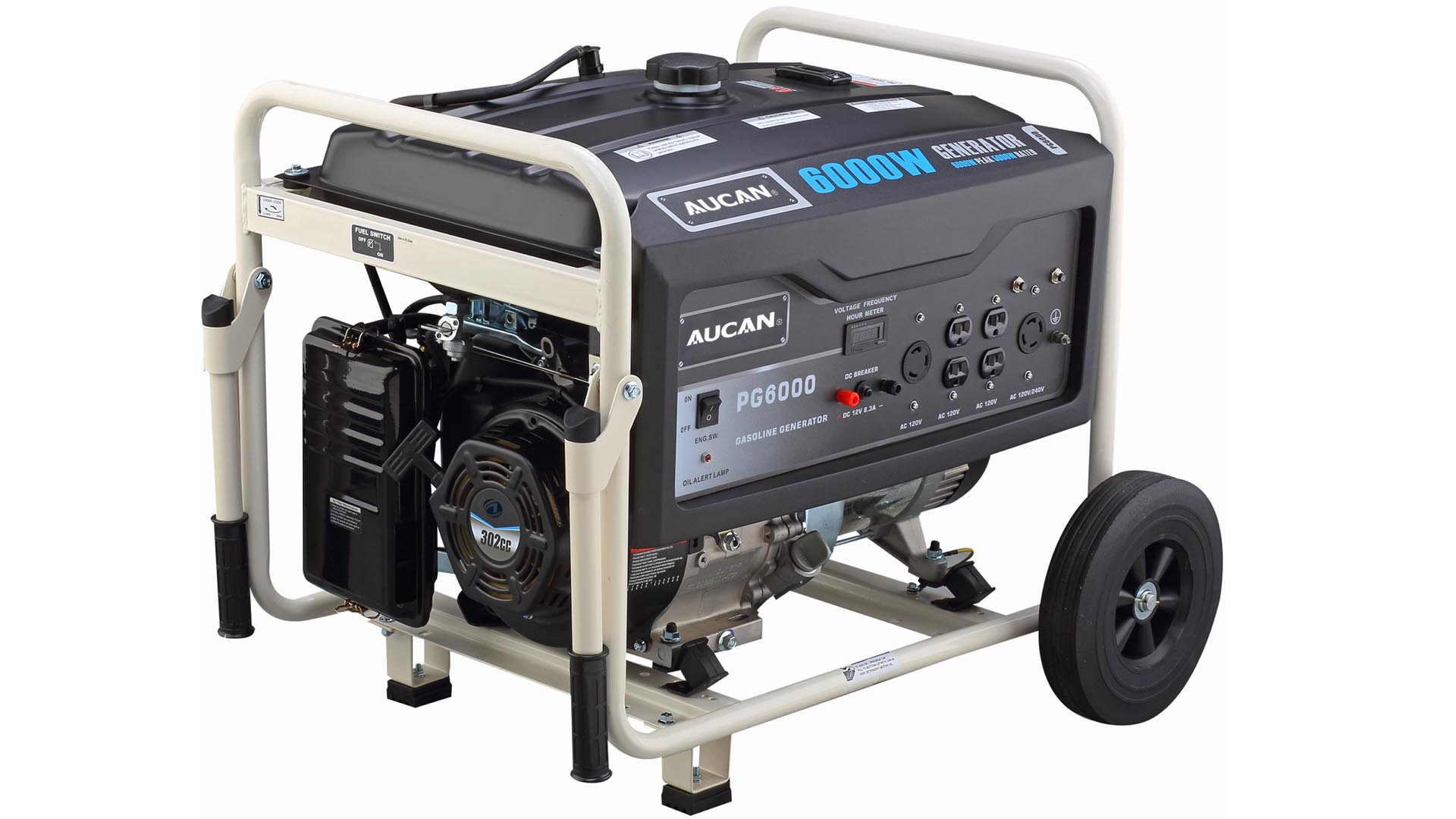Generators Output
This is the most important factor in selecting an Generators. The amount of ozone required is based on the application requirements. If the Industrial Generators is being used for removal of organic contaminants from water, the amount of ozone is proportional to the amount of organic in the water. The efficiency of the ozone organic reaction and the efficiency of dissolving the ozone into the water. As a specific example, ozone is often used to reduce chemical oxygen demand (COD) in water. COD is measured in ppm (milligrams per liter – mg/l). It normally takes 2 mg of ozone per mg of COD to remove the COD. So, if we had to treat 10,000 liters per hour of water containing 50 ppm of COD we would need:
10,000 liters/hour X 50 mg/l COD x 2 mg Ozone/mg COD = 1,000,000 mg/hour
1,000,000 mg/hour = 1,000 g/hour = 1 kg/hour
So, we would need to dissolve 1 kg/h of ozone (or 52.8 pounds per day of ozone)
Less than 100% of the ozone injected in the water dissolves, so we need to know the ozone transfer efficiency. A well designed venturi injection system can dissolve at least 90% of the ozone. For the case above, you would need 1 kg/h ÷ 0.90 = 1.11 kg/h (58.7 pounds per day of ozone). This is the amount of ozone we would have to produce at the targeted concentration to dissolve the 1 kg/h of ozone into water.
Important: A given system will produce less ozone as the concentration of ozone increases. Ozone transfer efficiency, the rate at which ozone dissolves into water increases with increasing ozone concentration.
Determining the amount of ozone required, except for the simplest applications, requires laboratory or pilot studies combined with an engineering evaluation to select the proper balance between ozone dose, concentration and generator size. If they can help, there will be an additional cost for conducting the studies.
As noted above, ozone concentration can affect both the effectiveness of ozone in a given application and the amount of ozone that can be produced from a given ozone generator. Essentially, high concentration ozone costs more, but can do more in certain applications. Gas treatment applications typically use the 1-3 percent range while water treatment application normally use 5-10 percent. An important aspect of ozone concentration is in comparing different ozone generators. Manufacturers use different bases for claiming the nominal output of an ozone generator. Normally, you have to read the fine print to see what concentration they use to claim a given production rate. Get The Complete Guide to Generators.
As an example:
Output (g/h) Concentration (%) Price
Supplier #1 60 6 $5,500
Supplier #2 60 4 $3,800
At similar concentrations the results would look different:
Supplier #2 60 6 $6,000
(g/h = grams/hour)
So, to fairly compare machines you need to know the amount of ozone produced at a concentration of interest along with the cost of the generator. This will allow you to compare ozone generators “apples to apples”.
Ozone Generator Gas Feed
This means that in a million parts of air there is only one part water.

